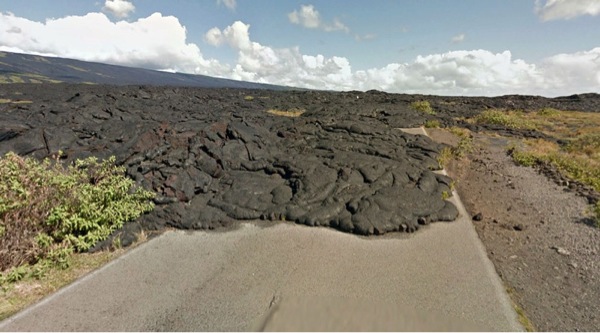Elisabeth Rosenthal, writing for the New York Times, on the end of American car culture:
But America’s love affair with its vehicles seems to be cooling. When adjusted for population growth, the number of miles driven in the United States peaked in 2005 and dropped steadily thereafter, according to an analysis by Doug Short of Advisor Perspectives, an investment research company. As of April 2013, the number of miles driven per person was nearly 9 percent below the peak and equal to where the country was in January 1995. Part of the explanation certainly lies in the recession, because cash-strapped Americans could not afford new cars, and the unemployed weren’t going to work anyway. But by many measures the decrease in driving preceded the downturn and appears to be persisting now that recovery is under way. The next few years will be telling.
[…]
If the pattern persists — and many sociologists believe it will — it will have beneficial implications for carbon emissions and the environment, since transportation is the second largest source of America’s emissions, just behind power plants. But it could have negative implications for the car industry. Indeed, companies like Ford and Mercedes are already rebranding themselves “mobility” companies with a broader product range beyond the personal vehicle.
The era of the car being the only option for mobility is fading. I believe the new era will be one of options. The car will be an option, perhaps not the first or best option, but it will still be around. In addition, we will have expanded opportunities for walking, biking, and public transportation to enable our mobility. This will necessitate a shift in the way we build our towns and cities – from purely automobile based to multi-modal in nature. The goal of mobility is not to move machines around but to move humans. The automobile system is not the only way to achieve human mobility.
 August 24, 2013 |
August 24, 2013 |  ∞
∞ 
